Here's a mind bending fact: A single aircraft can monitor every moving object across an area larger than the entire state of West Virginia, all while cruising 30,000 feet above the Earth.
The Boeing E-3 Sentry serves as the ultimate eye in the sky, monitoring vast airspaces with unmatched precision. But what really happens inside this flying command center? And why does a 1970s era aircraft still carry more battlefield power than today's cutting edge drones?
The Flying Fortress That Never Sleeps
Step aboard an E-3 Sentry and you're entering what military insiders call "the nerve center of modern air warfare." The aircraft might look like a regular Boeing 707 with a bizarre 30 foot radar dish bolted to its back, but appearances deceive. This isn't your grandfather's passenger jet.
Inside, 13 to 19 specialists work shoulder to shoulder in what feels like a cross between NASA's mission control and a submarine's interior. The cramped quarters buzz with activity as crew members monitor multiple screens displaying classified information that commanders sanitize before any outsider can glimpse it.
"It's an aging aircraft, but it's still relevant," explains Captain Jasper, a Dutch surveillance controller who operates the aircraft's sensors. He's seen firsthand how this decades-old platform continues to outperform newer systems. “Whenever there was a conflict, the NATO AWACS was always the first one to deploy.”
The numbers tell the story of this aircraft's incredible reach. That rotating radar dome, officially called a rotodome can detect aircraft more than 250 miles away and track everything from low flying helicopters to high altitude bombers. At 30,000 feet, a single E-3 monitors airspace covering over 200,000 square miles. That's equivalent to watching the skies over the entire Northeastern United States from one aircraft.
Inside the Secret Command Jet
Military insiders reveal a complex hierarchy operates within the Sentry's aluminum walls. The Mission Commander, typically a rated Air Battle Manager in the rank of Major or Lieutenant Colonel, serves as the tactical brain of the operation. This officer directs the operational aspects of the mission while coordinating with ground commanders, naval vessels, and fighter squadrons simultaneously.
Working alongside the Mission Commander, specialists fill critical roles that most people never hear about. The Tactical Director orchestrates the overall battle picture. Surveillance controllers like Captain Jasper monitor air and surface activity using advanced sensors. Fighter allocators coordinate with other aircraft, from F-35 stealth fighters to KC-135 refueling tankers. Weapons controllers guide interceptor aircraft toward threats.
"We have the radar, we have the radios, to be able to reach out at long ranges and communicate, coordinate, and control any aircraft that we can see," explains Major Ben, an American fighter allocator. The crew can simultaneously track hundreds of aircraft while maintaining radio contact with pilots, ships, and ground stations across multiple countries.
You know that feeling when air traffic controllers guide your commercial flight? Imagine that same precision applied to coordinating dozens of military aircraft during combat operations. The E-3 crew doesn't give simple "turn left" instructions. They provide real-time intelligence that determines whether a detected aircraft poses a threat, coordinate complex multi aircraft refueling operations, and direct precision strikes against enemy targets.
The aircraft operates on missions lasting up to 8 hours without refueling, though aerial refueling can extend flights well beyond 12 hours. During Operation Desert Storm, E-3 crews logged over 5,000 hours of continuous operations, essentially maintaining 24/7 surveillance of the battlefield.
Why This 1970s Aircraft Still Rules the Skies
Here's where it gets interesting. Despite entering service in 1977, the E-3 Sentry possesses capabilities that modern drones simply cannot match. While unmanned systems grab headlines, military professionals understand why manned aircraft remain irreplaceable for complex command and control missions.
First, endurance matters more than most people realize. Those expensive high tech drones? Most operate for hours, not the 8 - 12 hour missions that E-3 crews routinely fly. When NATO needed continuous surveillance during the early days of Ukraine's conflict with Russia, AWACS aircraft flew nearly around-the-clock operations. No drone fleet could sustain that operational tempo.
Second, the human element provides decision-making capabilities that artificial intelligence hasn't mastered. Captain Marek, a Polish passive controller working with the aircraft's advanced sensors, puts it simply: "We are fulfilling the higher command's objectives that they're giving us." Real time battlefield decisions require human judgment that considers political sensitivities, rules of engagement, and split second tactical choices.
The aircraft's mobility provides another advantage over ground-based radar systems. Fixed installations become targets. The E-3 constantly changes altitude, heading, and patrol patterns, making it nearly impossible for enemies to predict its location or target it effectively. "We can fly, we can see a little bit further, we can see a little bit lower," explains Captain Jasper.
The Technology That Keeps Getting Better
Don't let the 1970s airframe fool you. The E-3's systems receive continuous upgrades that would make smartphone manufacturers jealous. The recent $1 billion modernization program replaced 1970s vintage mission computers with commercial off-the-shelf hardware and software. Crews who previously operated the aircraft needed complete retraining due to technological advances.
The Radar System Improvement Program enhanced electronic counter-measures capabilities while improving reliability and maintainability. Each upgrade extends the aircraft's operational life while adding capabilities that didn't exist when the airframe first flew. Modern E-3 sensors can detect stealth aircraft signatures that earlier versions would miss entirely.
NATO operates 14 E-3 aircraft from Geilenkirchen Air Base in Germany, while the United States maintains 31 aircraft split between Tinker Air Force Base in Oklahoma and forward-deployed locations in Japan and Alaska. Each aircraft costs approximately $270 million in current dollars, expensive, but far less than developing completely new platforms with equivalent capabilities.
The Future of Airborne Command
As military aviation evolves, the E-3's replacement looms on the horizon. NATO announced plans to transition to Boeing's E-7 Wedgetail by the early 2030s, with current Sentries retiring after 2035. The newer aircraft promises enhanced capabilities built on modern 737 airframes with updated systems.
However, Captain Donny Demmers, a Dutch public affairs officer, acknowledges the transition challenges: "It's still safe, but every year we pass, it will be more challenging" to maintain the aging fleet. Spare parts become scarcer as production lines shut down, and specialized maintenance expertise becomes harder to find.
Until that transition occurs, E-3 crews remain confident in their aircraft's abilities. "It's still a good jet and we are performing our task," states Captain Marek. The platform continues proving its worth in operations from the Baltic Sea to the Middle East, providing commanders with the real-time battlefield awareness that determines victory or defeat.
The Boeing E-3 Sentry represents more than just military hardware, it embodies the principle that sometimes, proven technology with continuous improvements outperforms flashy new alternatives. In an era of technological disruption, this 1970s aircraft reminds us that the most important capability isn't always the newest one. It's the one that works when lives depend on it.
As long as military operations require human decision making, extended endurance, and battlefield command capabilities, aircraft like the E-3 Sentry will remain indispensable. The threats may evolve, but the need for eyes in the sky, with human brains behind them, never goes away.
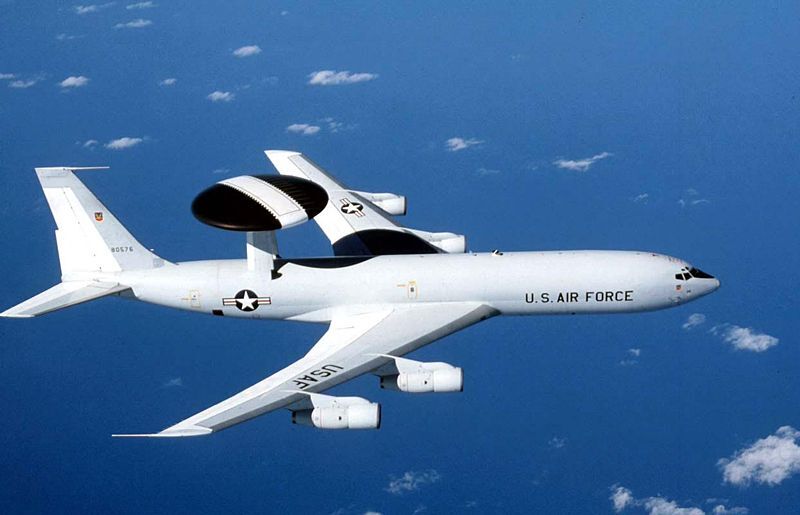
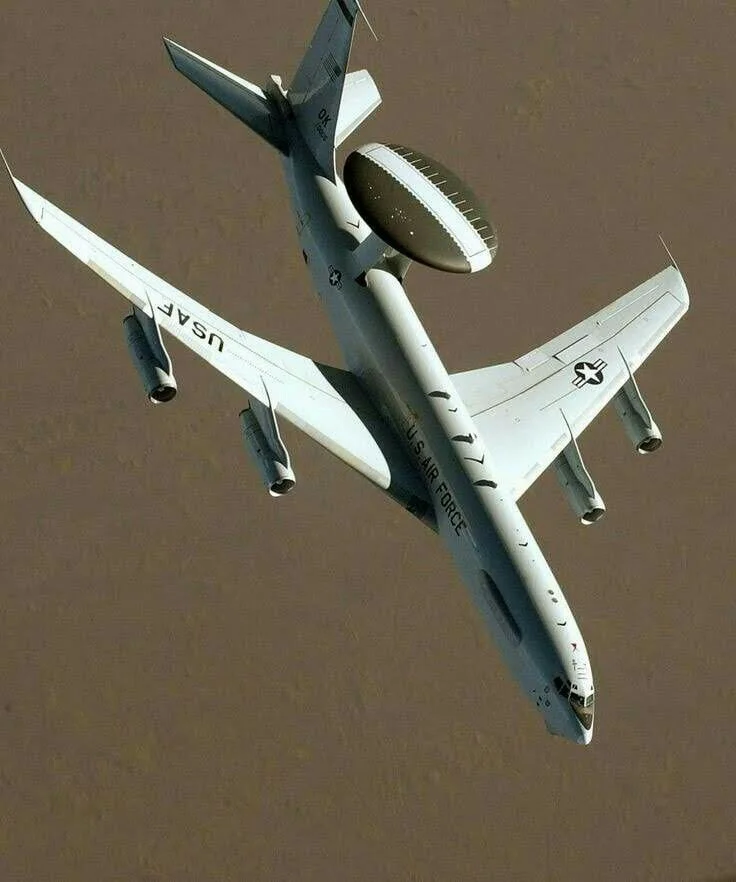
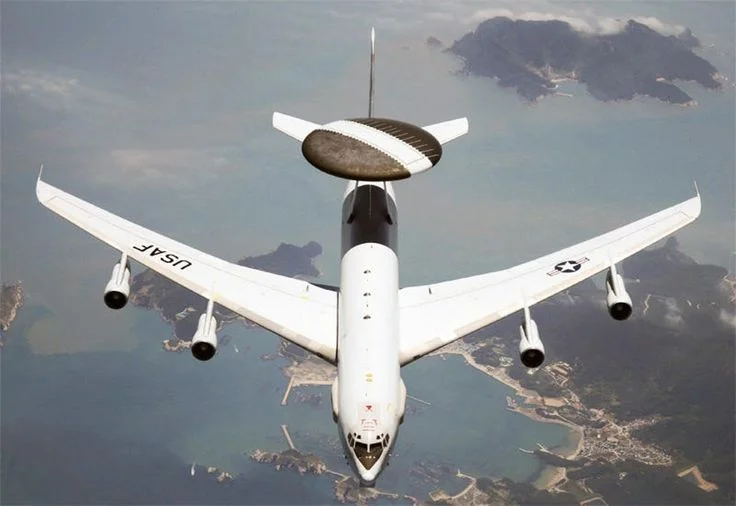
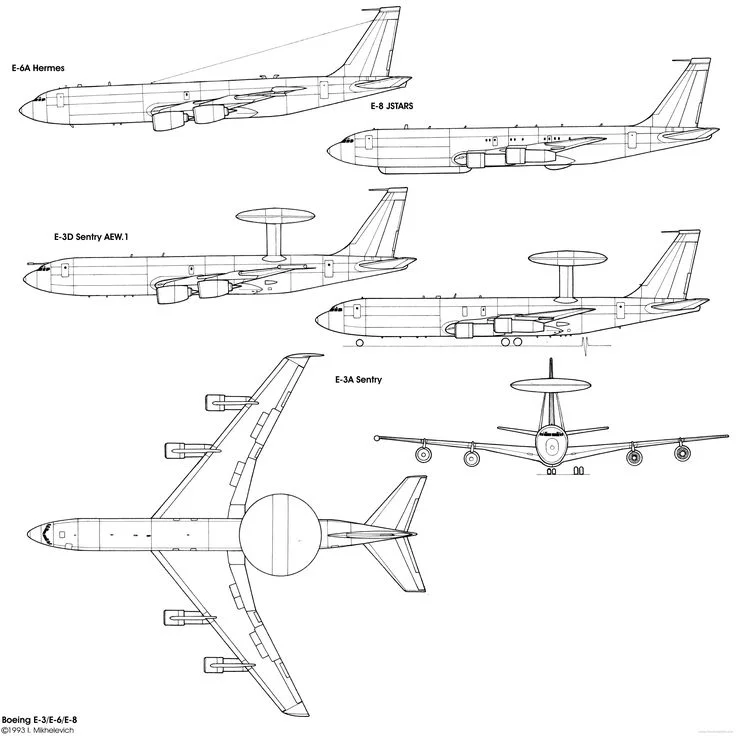
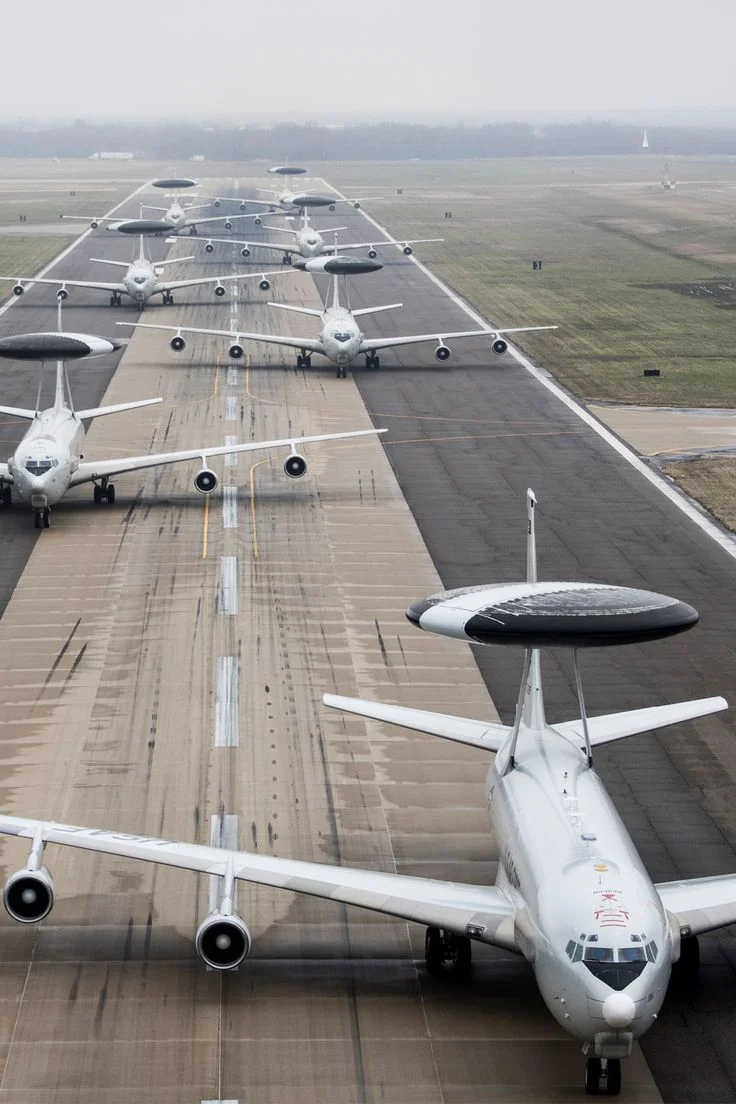
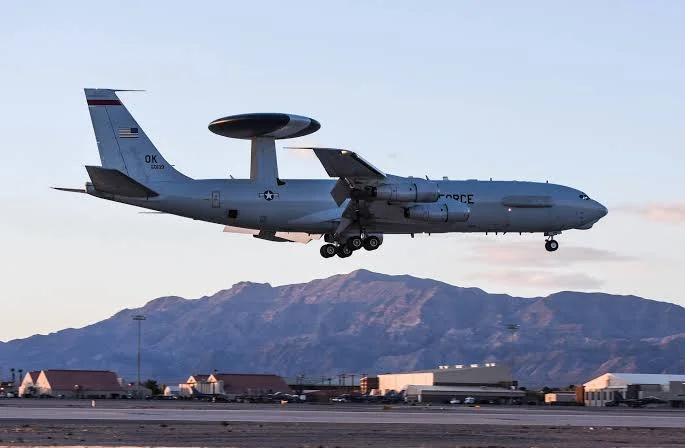
Comments (0)
Please login to join the discussion
Be the first to comment on this article!
Share your thoughts and start the discussion